Urolithin A, derived from polyphenols found in foods like pomegranates and walnuts, improves mitochondrial function, muscle strength, and energy production. However, its benefits depend on your gut microbiome's ability to convert polyphenols into Urolithin A.
Why it matters:
- Mitochondrial health declines with age, reducing energy and increasing cellular damage.
- Urolithin A boosts mitophagy, clearing damaged mitochondria and enhancing energy efficiency.
- Combined with polyphenols, it improves muscle strength, reduces inflammation, and supports brain and cardiovascular health.
Benefits:
- Muscle health: 12% increase in strength, 25-30% drop in energy inefficiency markers.
- Brain support: Reduces Alzheimer's-related plaques by 30%.
- Heart health: Improves blood vessel function and blood pressure regulation.
Pro tip: Personalized microbiome testing can help optimize your Urolithin A production and supplementation strategy.
How Urolithin A Supports Mitochondrial Function
Urolithin A (UA) plays a key role in maintaining mitochondrial health by supporting cellular energy production through specific biological pathways. Recent studies have shed light on how UA works to keep mitochondria functioning efficiently.
Mitochondrial Cleanup Process
UA supports mitochondrial health by enhancing mitophagy, a process that removes damaged mitochondria to ensure cells maintain energy efficiency. Here’s how it works:
| Mechanism | Function | Impact |
|---|---|---|
| Energy regulators (AMPK/mTOR) | Detects energy needs and focuses on repair | Redirects cell resources to maintenance |
| Quality control (PINK1/Parkin) | Marks damaged mitochondria for removal | Ensures only healthy mitochondria remain |
| Waste-removal structures | Isolates and disposes of waste material | Improves cellular cleanup efficiency |
By activating these pathways, UA helps cells prioritize mitochondrial upkeep and energy balance [1].
Effects on Muscle Health
UA has also been shown to improve muscle function through measurable changes:
- 12% increase in muscle strength, attributed to better mitochondrial performance [1].
- 25-30% drop in plasma acylcarnitines, signaling improved energy efficiency.
- 2-5x boost in mitochondrial gene activity in skeletal muscle.
These findings emphasize the importance of consistent polyphenol intake, as UA production depends on gut bacteria processing these compounds. Human trials confirm that UA not only enhances muscle strength and energy production but also reduces inflammation markers like C-reactive protein. These combined effects make UA a powerful tool for supporting mitochondrial health.
How Polyphenols Help Create Urolithin A
Urolithin A is known for its ability to improve mitochondrial function, but its production depends on the conversion of polyphenols - a process influenced by the diversity of gut microbiota. This explains why the benefits of Urolithin A can differ significantly from one person to another.
Gut Bacteria and Ellagitannin Conversion
Certain gut bacteria play a crucial role in breaking down ellagitannins into Urolithin A. Two key bacterial species, Gordonibacter urolithinfaciens and Ellagibacter isourolithinfaciens, are responsible for converting ellagic acid into Urolithin A through a series of enzymatic reactions [1].
Research has identified three distinct groups of Urolithin A producers in humans:
- High producers: 40%
- Moderate producers: 30%
- Low-to-non-producers: 30% [1]
Factors like gut health, pH levels, and inflammation significantly affect conversion rates. Additionally, antibiotic use and aging can reduce the ability to produce Urolithin A by altering gut bacterial populations [2].
Foods High in Polyphenols
Certain foods rich in ellagitannins support Urolithin A production:
| Food Source | Ellagitannin Content | Additional Details |
|---|---|---|
| Muscadine grapes | High levels | Availability depends on region |
| Persimmons | Moderate levels | Typically available seasonally |
A 2016 study revealed significant variability in Urolithin A production. Out of 839 participants who consumed pomegranate juice over three days, only 12 showed notable Urolithin A levels. This variation underscores the importance of microbiome testing, as seen in companies like Decode Age, which tailor interventions based on individual gut profiles.
For those with low production rates, adjusting the frequency of polyphenol-rich food intake may help maintain beneficial bacteria. This challenge has also led to scientific solutions, such as targeted supplementation strategies.
sbb-itb-55c436e
Combined Benefits of Urolithin A and Polyphenols
The interaction between Urolithin A and polyphenols creates a powerful combination that supports various biological processes and systems.
Cell Signaling Pathways
When paired, Urolithin A and polyphenols influence key cellular pathways, boosting AMPK activity by 35% and suppressing mTORC1 activity by 40%. This balance enhances mitochondrial upkeep, addressing the decline often seen in aging cells [3].
| Pathway | Effect on Mitochondria | Observed Change |
|---|---|---|
| AMPK Activation | Promotes mitochondrial biogenesis | 35% increase |
| mTOR Inhibition | Supports autophagy | 40% decrease in activity [3] |
Impacts Across Body Systems
This combination benefits multiple systems, improving overall health and functionality.
- Muscle Health: Urolithin A boosts mitochondrial function, while polyphenols help reduce inflammation, creating a strong foundation for muscle maintenance.
- Neurological Support: Research shows this combination can cross the blood-brain barrier, reducing amyloid-β plaques by 30% in Alzheimer's models.
- Cardiovascular Benefits: Urolithin A metabolites align with better blood pressure regulation, while polyphenols contribute to healthier blood vessels by supporting endothelial function.
These combined effects not only enhance mitochondrial performance but also support broader physiological processes, from muscle strength to brain health and vascular function.
Research Results and Real-World Use
Latest Research Data
Clinical trials have highlighted encouraging results for Urolithin A and polyphenols. For instance, a 2022 study in JAMA Network Open reported a 10% boost in endurance after four months of supplementation [1].
Daily Health Applications
Research indicates that taking 250-1000 mg of Urolithin A daily can benefit muscle health, with 500 mg proving to be particularly effective. Additionally, the EFSA recommends consuming 400-450 mg of polyphenols per day for overall health [3].
A practical approach includes combining 500 mg of Urolithin A in the morning with polyphenol-rich meals and taking polyphenol supplements in the evening.
Decode Age's Scientific Approach
We evaluate over 70 biomarkers, including mitochondrial function, to align with cellular health goals. Studies confirm that daily doses of up to 1000 mg of Urolithin A over 12 weeks are safe, with no major side effects reported [4].
Conclusion: Future of Urolithin A and Polyphenols
Recent studies show promising progress in the use of Urolithin A and polyphenols. For instance, research has demonstrated a 45% boost in mitochondrial gene expression in skeletal muscle after just four weeks of Urolithin A supplementation.
Researchers are now focusing on expanding Urolithin A's potential through several advancements:
- Probiotic strains designed to improve Urolithin A production
- AI-driven formulations to optimize absorption
- Dosing strategies tailored to individual microbiome profiles
New methods like nanoencapsulation and microbiome-based dosing are reshaping how these compounds are delivered, aiming to ensure better and longer-lasting mitochondrial health. This growing interest is pushing innovation in both delivery systems and personalized treatment approaches.
There’s also a strong focus on how these compounds could help manage age-related conditions, including neurodegenerative diseases and metabolic disorders. Tools like artificial intelligence and machine learning are speeding up research by enabling deeper analysis of genomic and microbiome data. Companies such as Decode Age are already using these technologies to create personalized solutions that consider differences in gut microbiome composition.
Ongoing clinical trials are helping us better understand how Urolithin A and polyphenols work within the body. With continued research, we’re likely to see more targeted uses of these compounds, maximizing their combined benefits for better health outcomes.
FAQs
What is Urolithin A and how does it improve mitochondrial function?
Urolithin A (UA) is a compound produced by the gut microbiome when certain polyphenols (found in foods like pomegranates and walnuts) are broken down. UA supports mitochondrial health by enhancing mitophagy, which is the process of clearing damaged mitochondria and improving energy production within cells.
Why do some people benefit more from Urolithin A than others?
Urolithin A production depends on the gut microbiome’s ability to convert polyphenols into UA. Not everyone has the same gut bacteria for this conversion, which leads to variations in UA levels. About 40% of people are "high producers," while others may produce less or none.
What foods are rich in polyphenols that can help produce Urolithin A?
Polyphenol-rich foods that support Urolithin A production include pomegranates, walnuts, strawberries, muscadine grapes, and persimmons. These foods are high in ellagitannins, which are crucial for the conversion process in the gut.
What are the key benefits of combining Urolithin A with polyphenols?
When Urolithin A is combined with polyphenols, it boosts mitochondrial performance, improves muscle strength (by 12%), reduces inflammation, supports brain health (by reducing Alzheimer’s-related plaques), and improves cardiovascular function, including blood vessel health and blood pressure regulation.
Can I improve my Urolithin A production if I’m a low producer?
Yes, it’s possible to enhance Urolithin A production by adjusting the frequency of polyphenol-rich food intake and supporting gut health. Personalized microbiome testing can help tailor strategies, and supplementation options are available for those who have lower natural production rates.
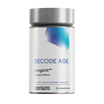
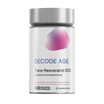
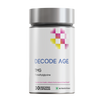
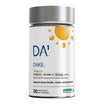
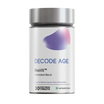
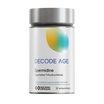
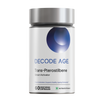
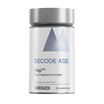
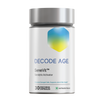

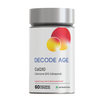
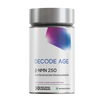
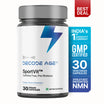
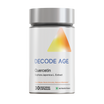
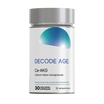
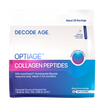
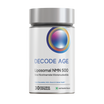





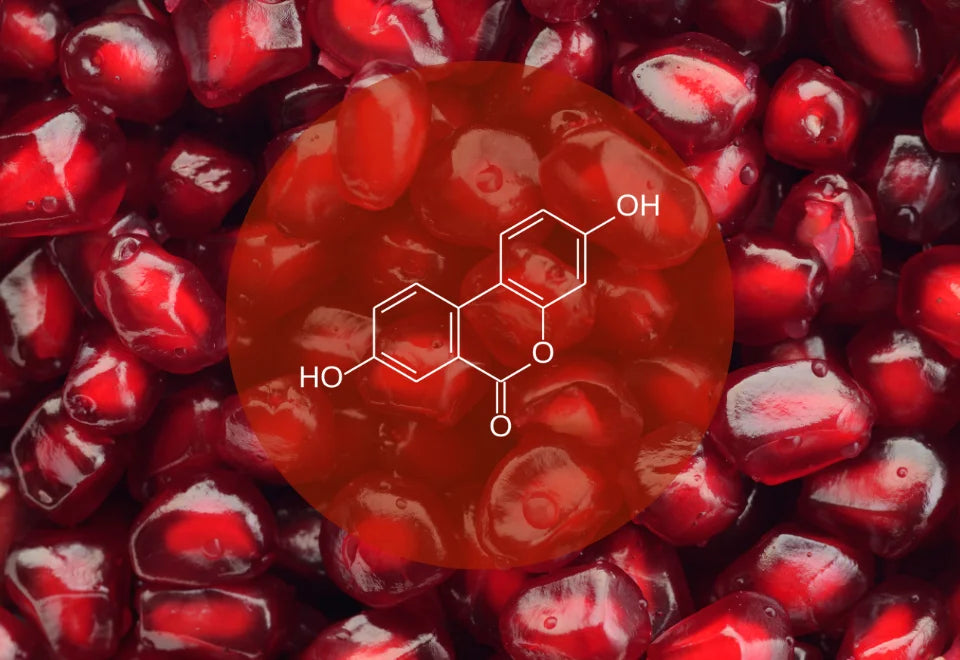

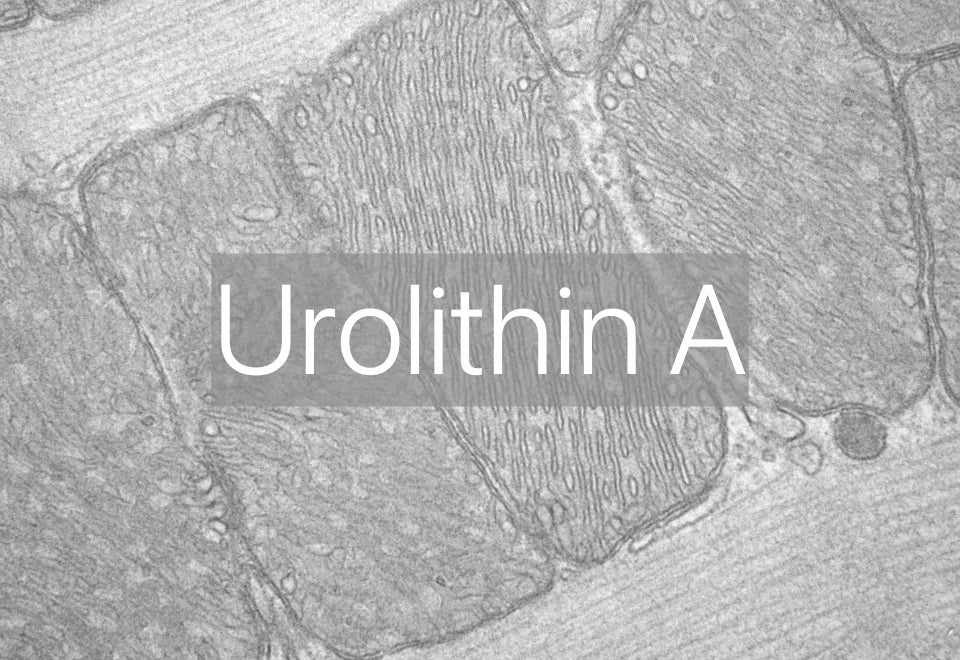
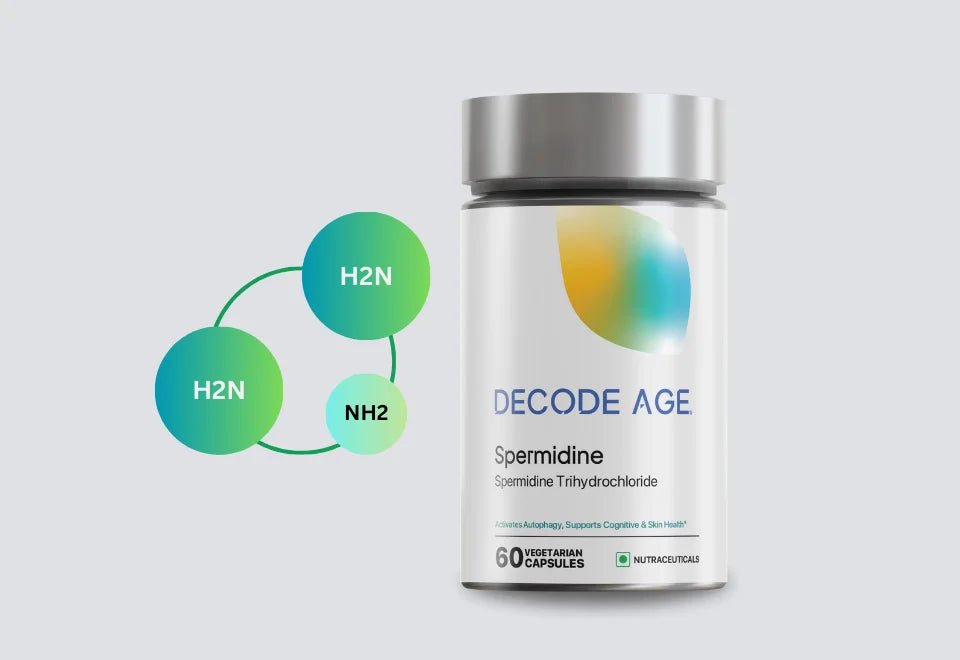
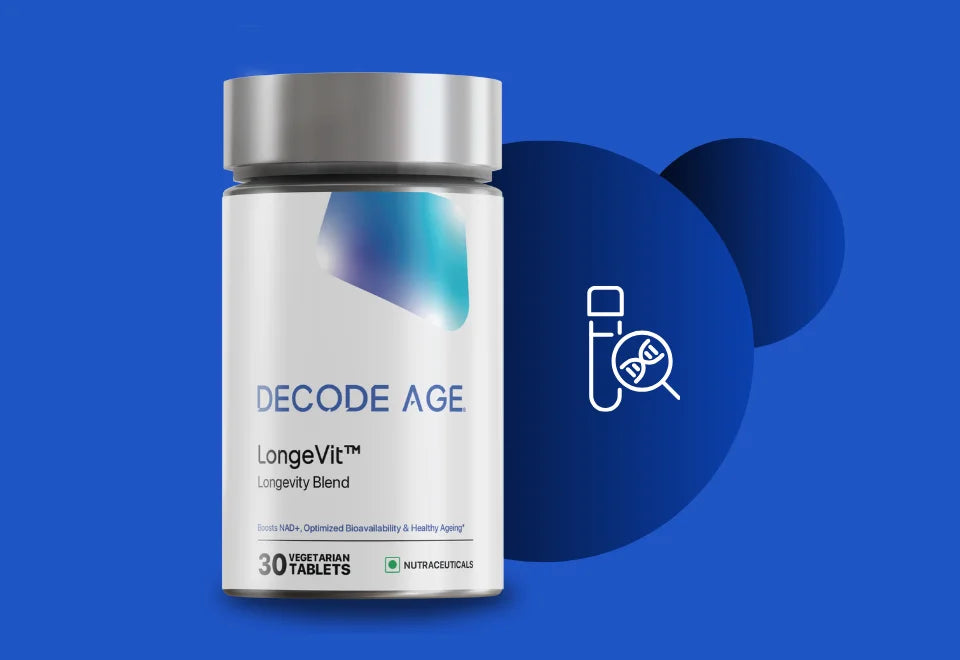
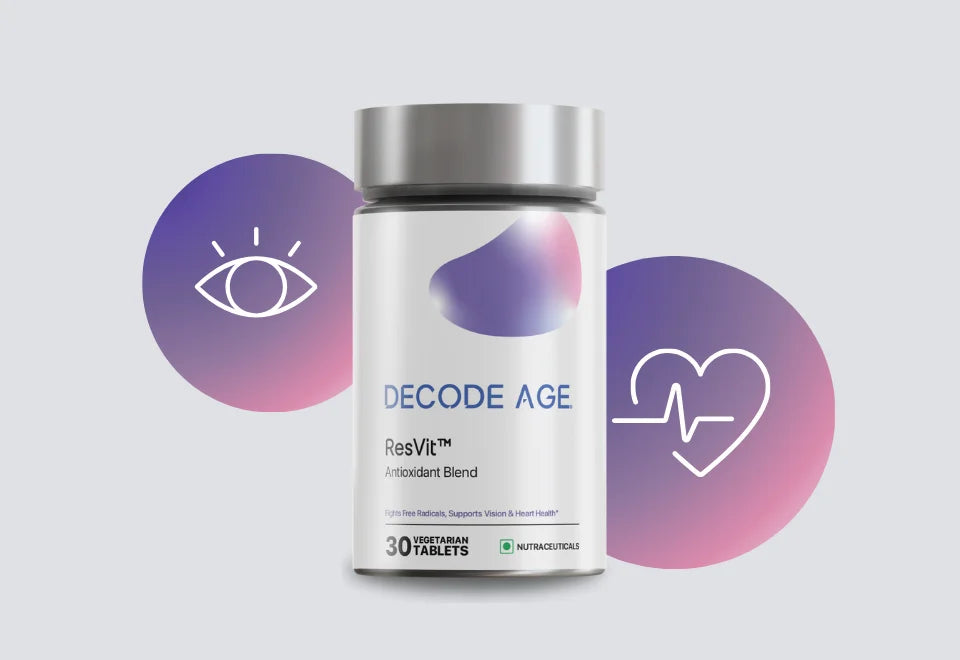
Leave a comment
All comments are moderated before being published.
This site is protected by hCaptcha and the hCaptcha Privacy Policy and Terms of Service apply.